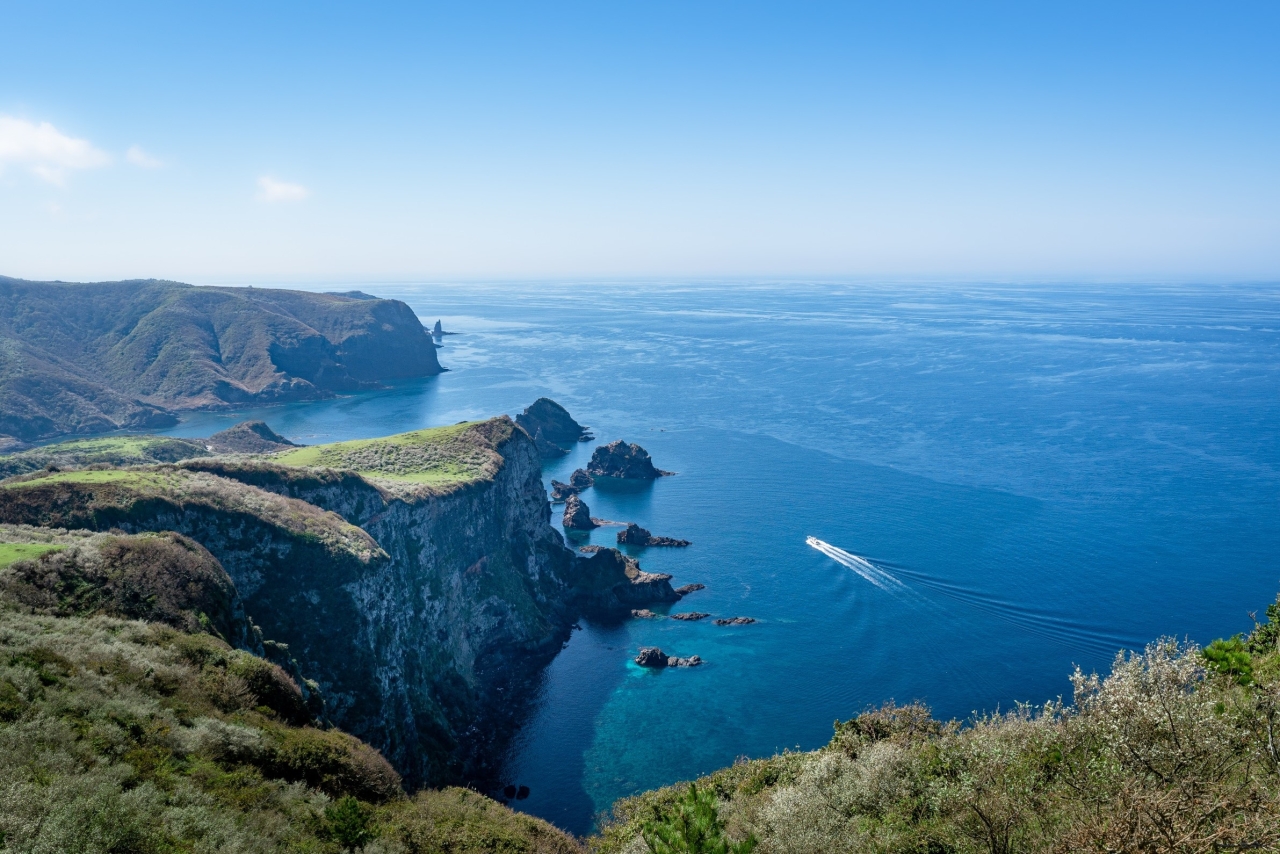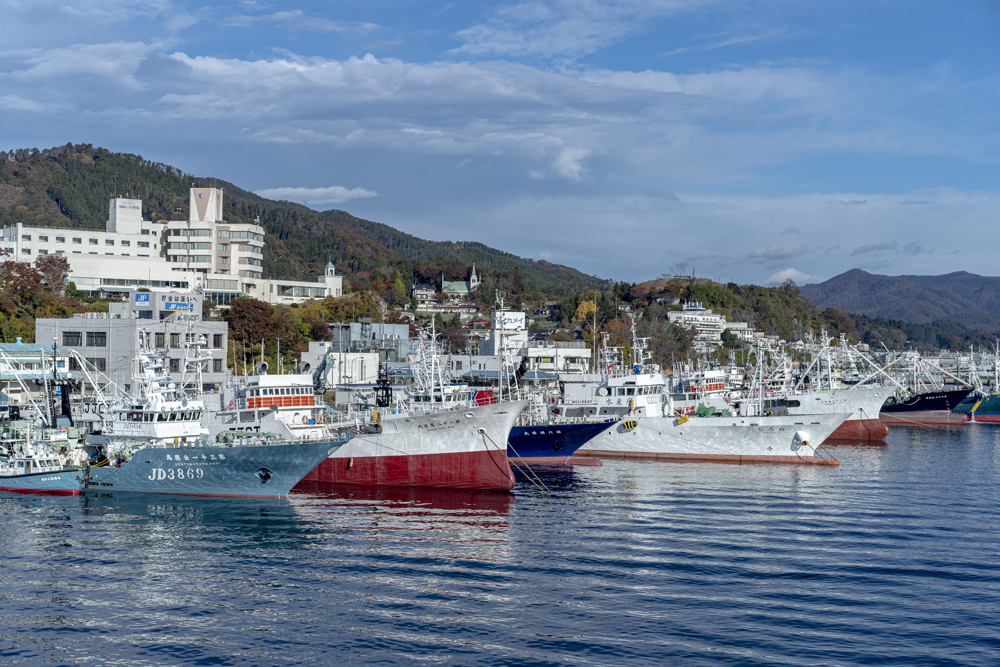CASE STUDY
Search by area
Search by keyword
- All
- Ryotei & Restaurants
- Lodging/Hotels
- Producers
- Technology
- DX (Digital) & SNS
- City Planning
- Utilization
- Gastronomy and Culinary
- Japanese Nature
- Japanese history and traditional culture
- Japanese Food Culture
- Agriculture
- Fisheries
- SDGs
- Local production for local consumption
- Foreigner Activation
- Experience
- Overseas Expansion
- Fermentation
- Public-private partnerships and collaborations
- Sake
- Community Revitalization
- Spirituality
- Japan of the Sea
- Mountain Japan
VIEW ALL
-
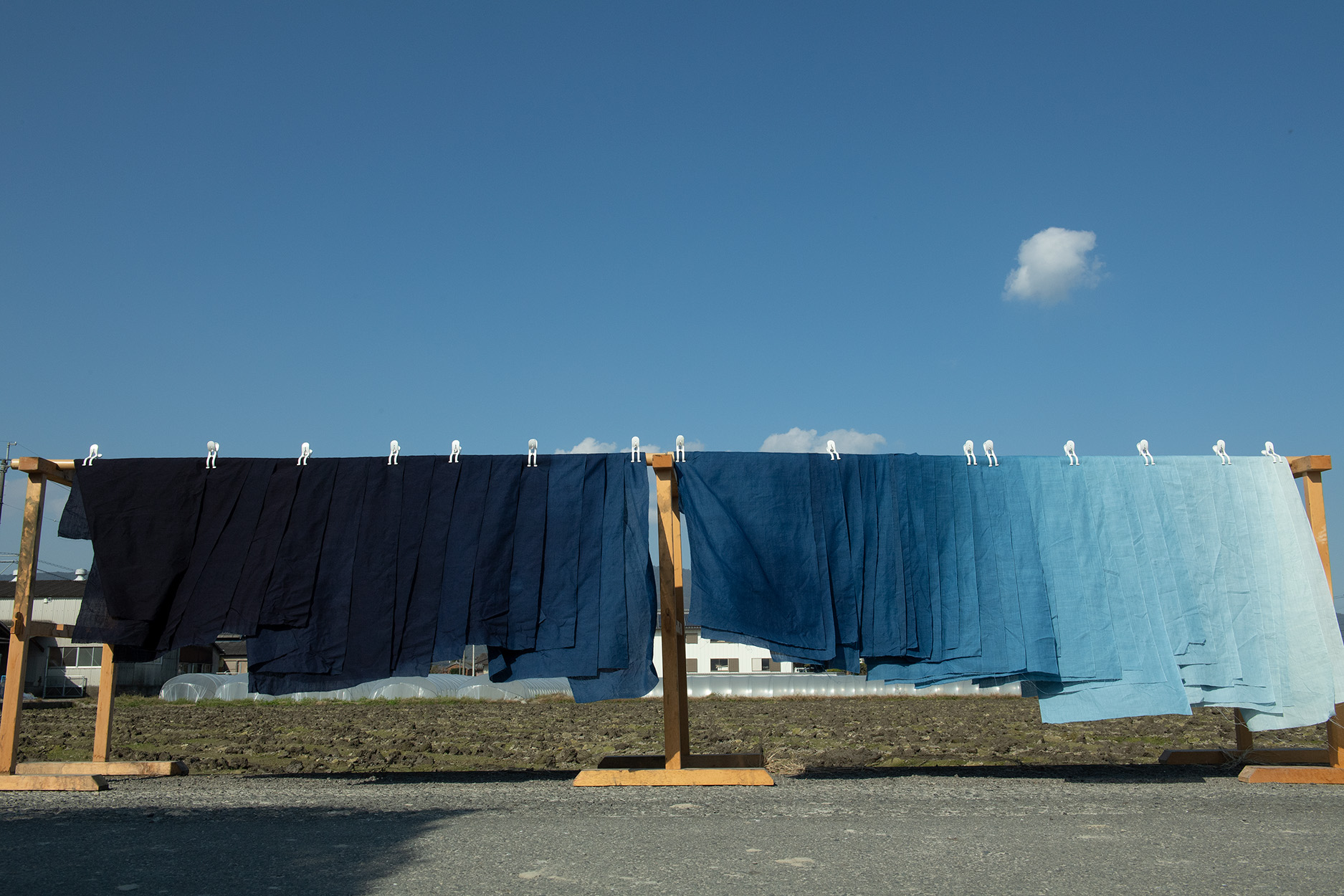
Chugoku
24 Living Alongside Indigo. New Stories from Tokushima Featuring Japan Blue.
Japan Blue is a variety of the indigo color that is highly sought after worldwide. The plants used for indigo dyeing can be found throughout the world, and their history can be traced back approximately 4,000 years to ancient Egypt. Verses mentioning indigo can also be found in the ancient Manyoshu book of Japanese poems, suggesting that indigo dyeing began to spread across Japan from the Nara and Heian periods.<br> Today, the indigo color is known for its use in jeans, for example, but the majority of this indigo is synthetic, with only a few manufacturers using natural indigo dyeing methods. Much of the indigo found in Tokushima, however, is produced naturally. Moreover, in addition to its use as a dye, indigo in Tokushima has long been a familiar food. There is a saying that indigo craftsmen never get sick, and due to its nutritional value and functionality, in recent years it has been garnering significant attention as a so-called superfood. Rethinking the possibilities for indigo from diverse perspectives, a new generation of individuals from Tokushima are kickstarting new indigo movements.
Read more -
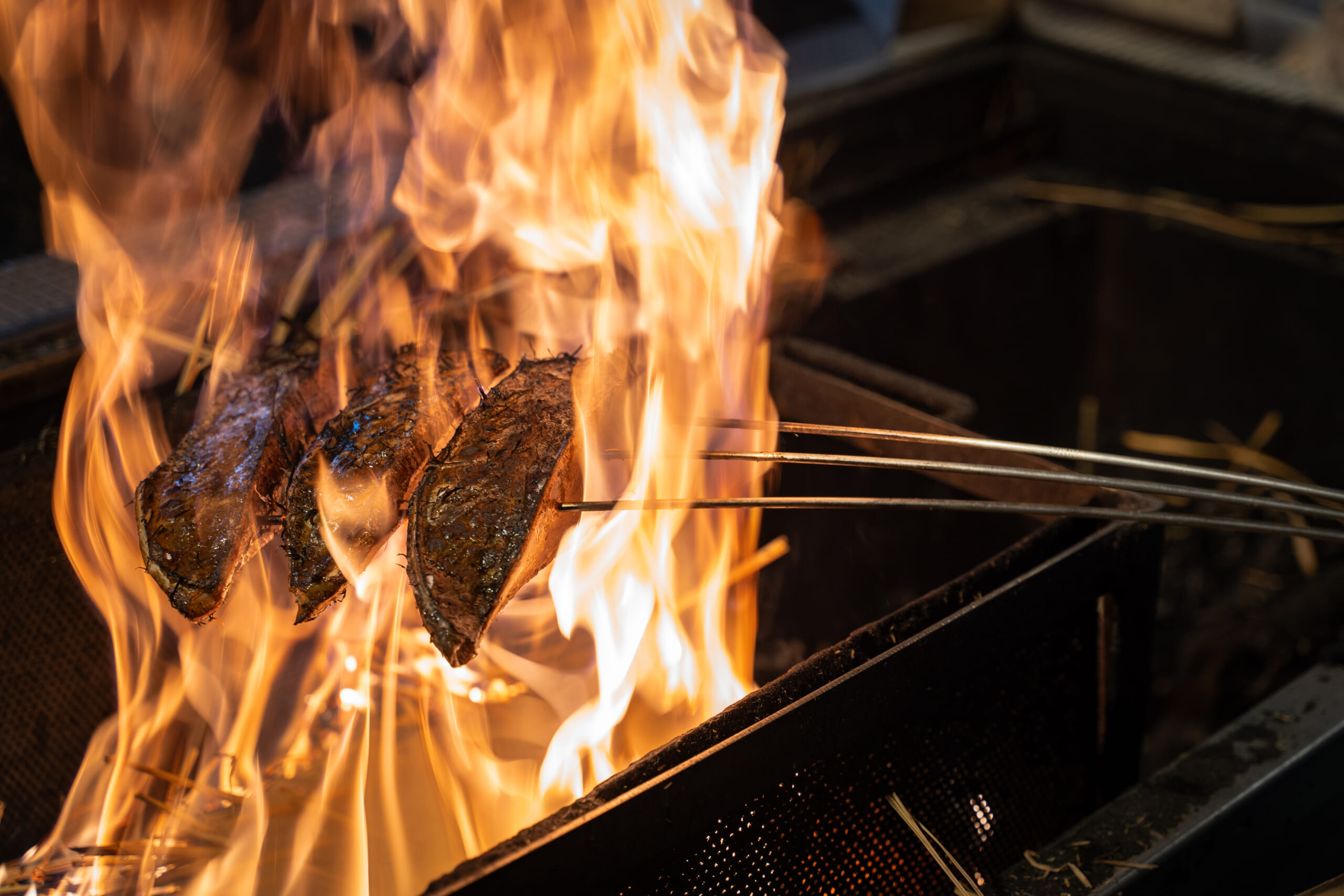
Chugoku
23 Highly Unique Regional Food Cultures Born from the Blessings of the Kuroshio Current
Kuroshio Town, located in the southwest of Kochi Prefecture, is home to an expansive coastline featuring stunning sandy and rocky beaches, as well as luscious green mountains. As its name suggests, it is flourished as a port town that was built on the blessings of the Kuroshio Current, which flows from the south coast of Japan up to the North Pacific Ocean. Since long ago, people in the town have lived alongside the rich fishing grounds provided by the Kuroshio Current. Although a wide variety of seafood is caught throughout the year in Kuroshio Town, the katsuo, or bonito, that arrive on the Kuroshio Current have played a particularly key role in the town’s food culture. The katsuo are caught using a more than 400-year-old technique called Tosa ipponzuri, which sees fishermen use a single rod and lure to lift fish from the sea. Kuroshio Town is still home to an abundance of traditions developed by the Kuroshio Current, and today it is working to incorporate new elements into these traditions to create new value.
Read more -
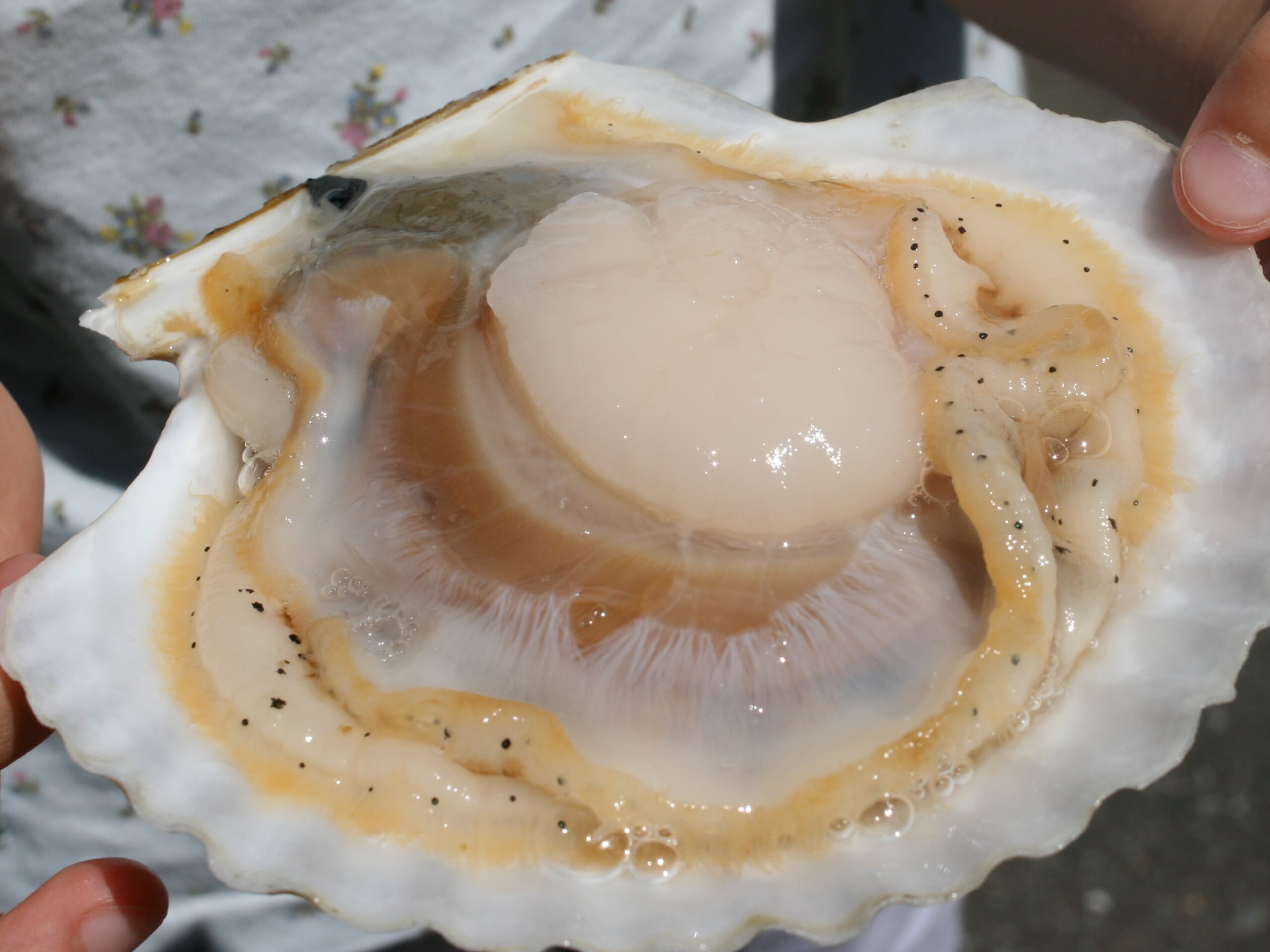
Tohoku
22 Transforming Conventional Notions Surrounding Scallops A Global Brand Strategy from Iwate Prefecture in Sanriku
Located in the center of the Sanriku coastline in the southeastern part of Iwate Prefecture, Kamaishi City is blessed with an abundance of delicious seafood. The city is also known as the birthplace of the modern iron industry. Kamaishi is also famous across Japan for being a rugby city, with the local Nippon Steel Kamaishi rugby club winning the All-Japan Rugby Football Championship for seven consecutive years between 1979 and 1985. Located in this city of diverse charms is Yamakiichi Shoten, a shop established in 1989 that today produces the so-called Swimming Scallops, which are said to be the most valuable scallops on the market. Inheriting the ideas of Yamakiichi Shoten’s founder, current Managing Director Takeichi Kimigahora is aiming to grow these Swimming Scallops into a new Sanriku brand and “communicate the value of scallops from Sanriku worldwide.”
Read more -
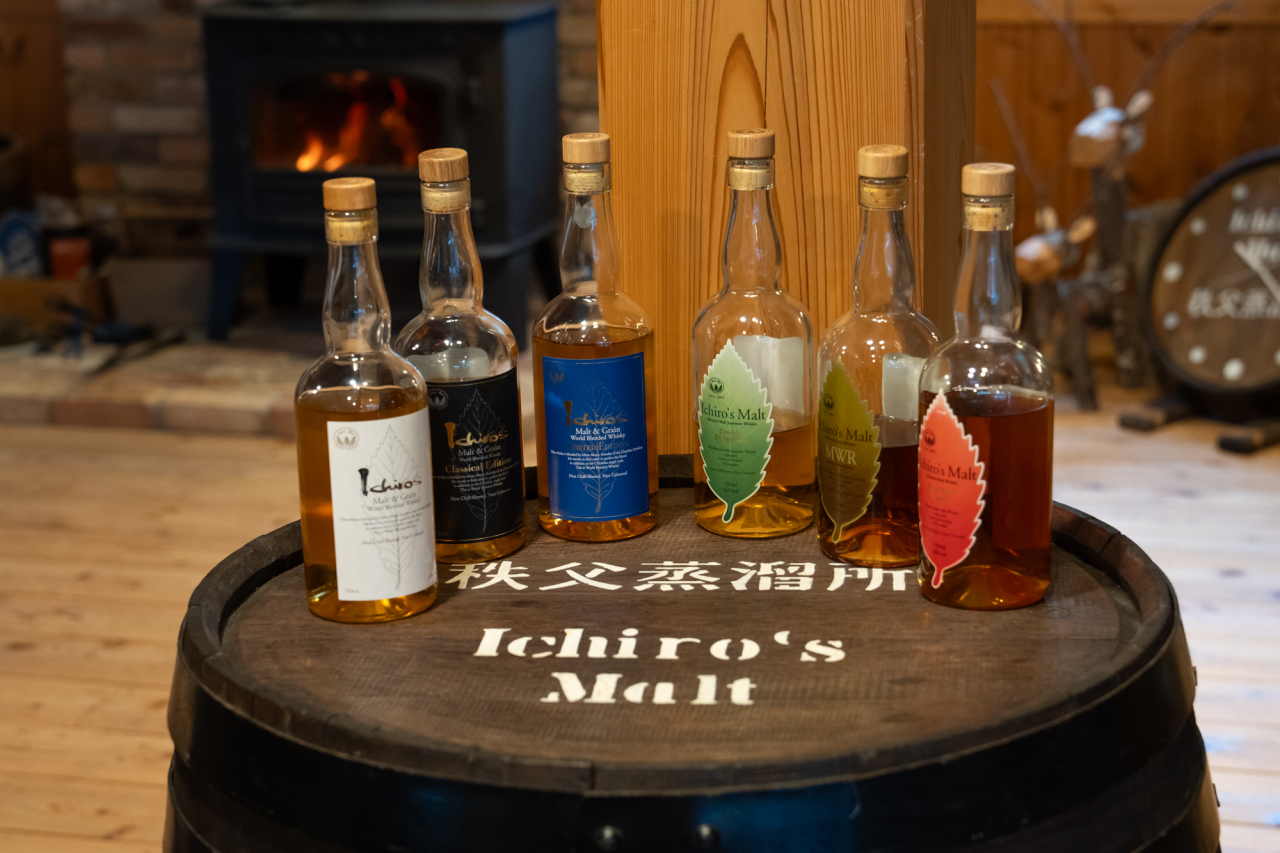
Minami-Kanto
21 The Secrets Behind a World-leading Whisky Brand from Chichibu.
Whisky is said to originate in Scotland and Ireland n the northwest of Europe. The world’s five major whiskies are Scottish, Irish, American, Canadian, and Japanese, the last of which has been garnering significant praise and attention in recent years. In Japan, for many years consumers sought easy-to-drink whiskies, and as such the market for authentic whiskies remained stagnant for some time. However, around 2010 consumption of whisky began to increase, and Japanese whisky has skyrocketed in popularity both in Japan and overseas. The Ichiro’s Malt developed in Chichibu was a pioneer of Japanese whisky. It has gone on to become one of the world’s leading whiskies, collecting numerous prestigious awards along the way.
Read more -
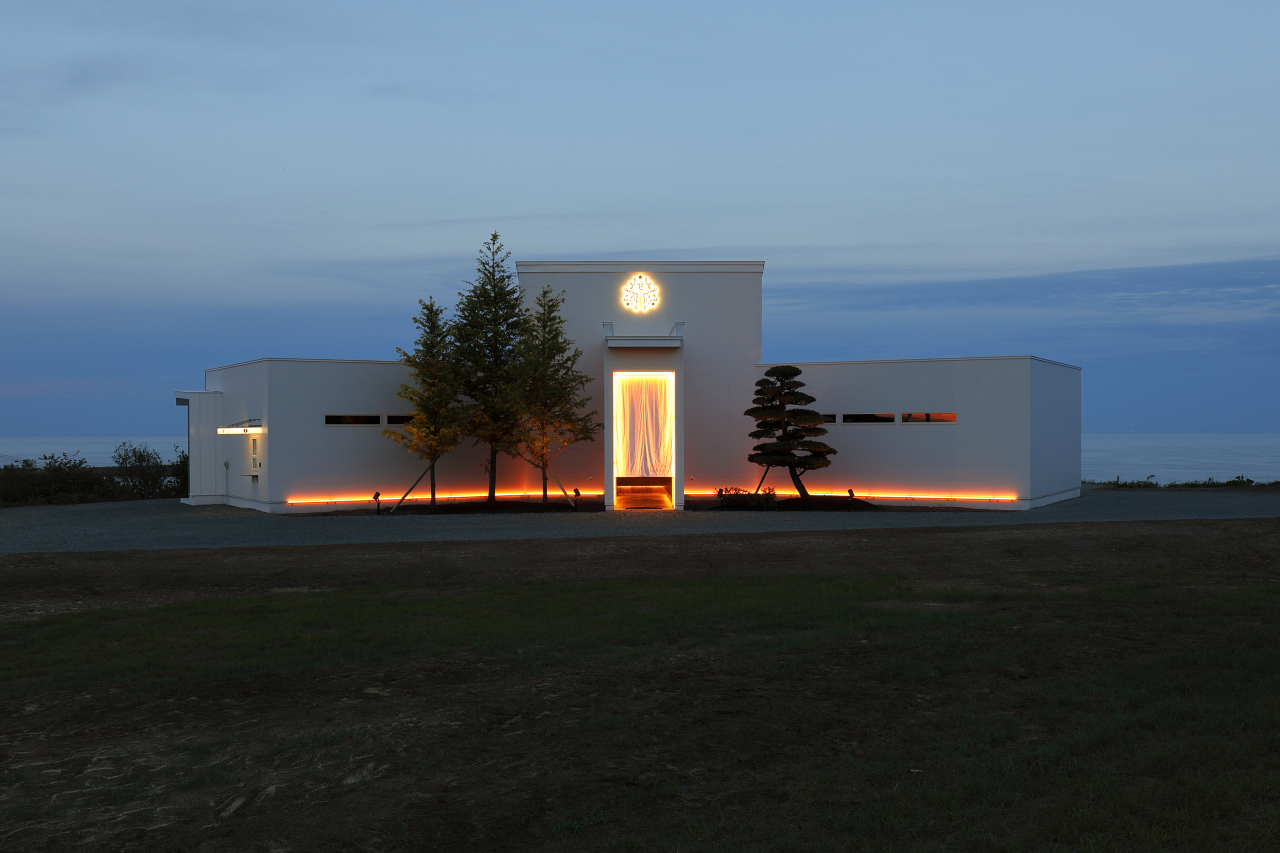
Hokkaido
20 Grateful for “Humbly Receiving their Lives,” Creating a Meat Culture in Tokachi.
Gibier refers to the meat from hunted wild birds and animals. It developed as the traditional fare of the nobility in Europe. The gibier served in restaurants in Japan today has mostly been imported from Europe. Achieving a stable supply in Japan has lagged due to a lack of workers and the difficulties in establishing butchering, processing and hygiene management systems. A newcomer to the meat industry, ELEZO, has taken up these challenges with some new ideas.<br> ELEZO is based in Toyokoro, a town located in the southeastern tip of the Tokachi area of Hokkaido. It has established an integrated in-house meat production system that is focused on wild game. This system entails ELEZO’s own production and hunting, carcass aging and distribution, charcuterie (processed meat products) production and restaurant divisions. They continue to offer “cuisine that reveals the background of its ingredients, such as how they were raised.” The restaurant in the Toranomon area of Tokyo and the auberge (French inn) that was completed in 2022 have received wide acclaim, attracting many visitors from abroad, all without advertising or promoting itself in any way at all.
Read more -
Chugoku
19 Finding Value in What Is Available The Fascinating Nature, People, History, and Food Culture of the Oki Islands
The Oki Islands are located 40–80 km north of the Shimane Peninsula. The Oki Islands consists of 180 islands of various sizes, four of which are inhabited, and blessed with abundant nature. These nature-rich remote islands have long been a place for interaction between people and culture. Historically, there were well-known as the place where Retired Emperor Go-Toba and Emperor Go-Daigo were banished, while the islands also flourished as a stopover for ships sailing the Sea of Japan during the Edo period. The rich and diverse cultures that have developed throughout this long history has been carried on to the present day. Fascinated by the charming way of life, many people have also moved to the Oki Islands. Records of the Oki Islands appear as far back as in the Kojiki, or Chronicles of Japan. Looking back on this history, today these migrants are working to create a new future for the islands. As remote islands, there are some things that are “missing” from the islands. However, people here have realized what “exists” only on these remote islands.
Read more -
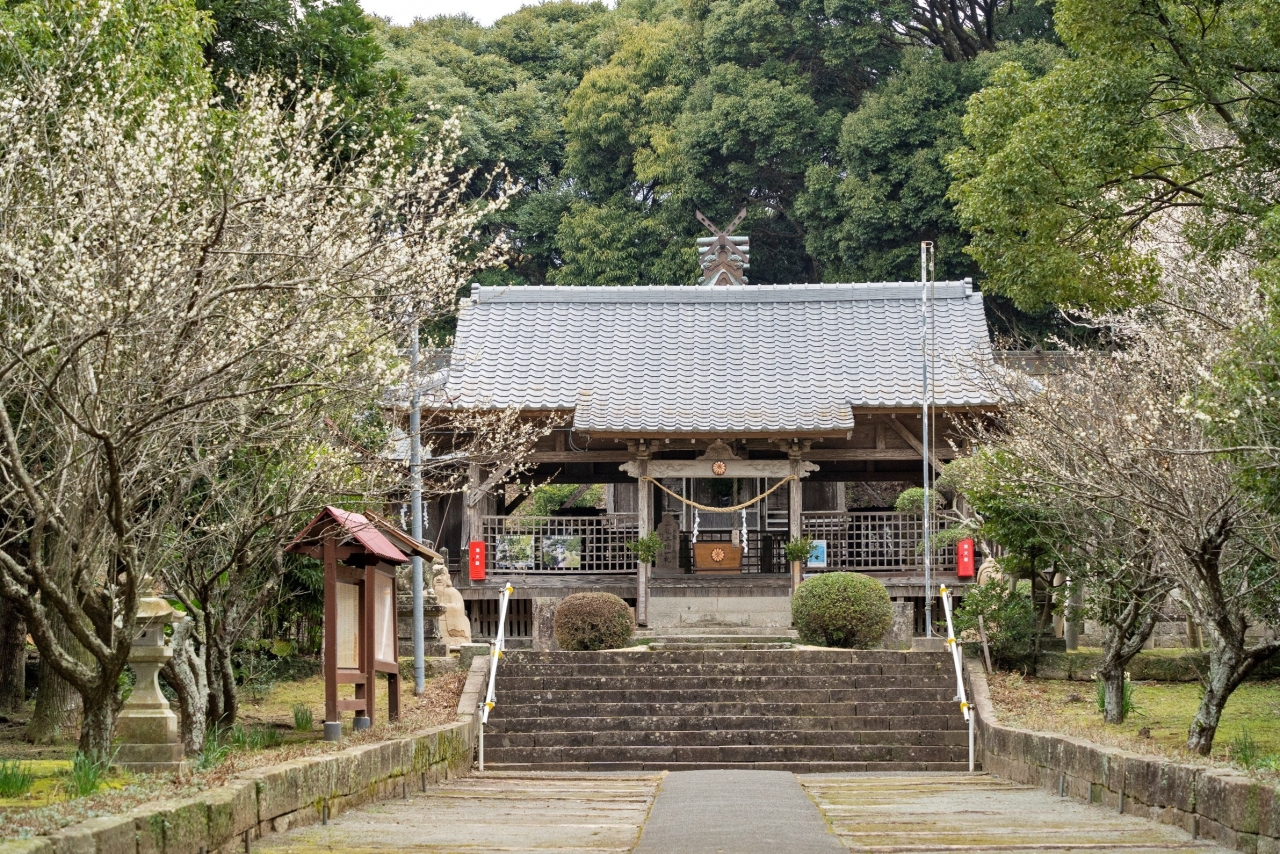
Kyushu
18 A Pioneering Spirit to Spread Satsuma Shochu Worldwide―Satsuma
The stories of the dieties at Takaya Shrine in Minamisatsuma City, Kagoshima Prefecture, are said to have foretold the birth and development of shochu in Kagoshima, and as such the shrine has come to be known as the Shochu Shrine. Traditionally, Kagoshima has not been suitable to rice cultivation—and in turn sake production—due to its high temperatures, high humidity, frequent typhoons, and volcanic soil. During the rule of the Satsuma clan in the mid-Edo period, however, the sweet potato shochu production flourished as a local culture with the arrival of sweet potatoes. From then onward, the industry has overcome the area’s unfavorable geographical conditions by incorporating techniques from overseas, such as unique distillation methods and the use of black koji mold. Doing so helped to develop a unique sweet potato shochu. Toward the end of the Edo period, the Satsuma clan produced many outstanding individuals who helped to drive the modernization of Japan. A pioneering spirit of boldly taking on difficult challenges and creating a new era without being bound by precedent is firmly rooted in this region. Today, the endeavors of various shochu distilleries and their initiatives with local communities are helping to spread the charms of Satsuma Shochu worldwide.
Read more -
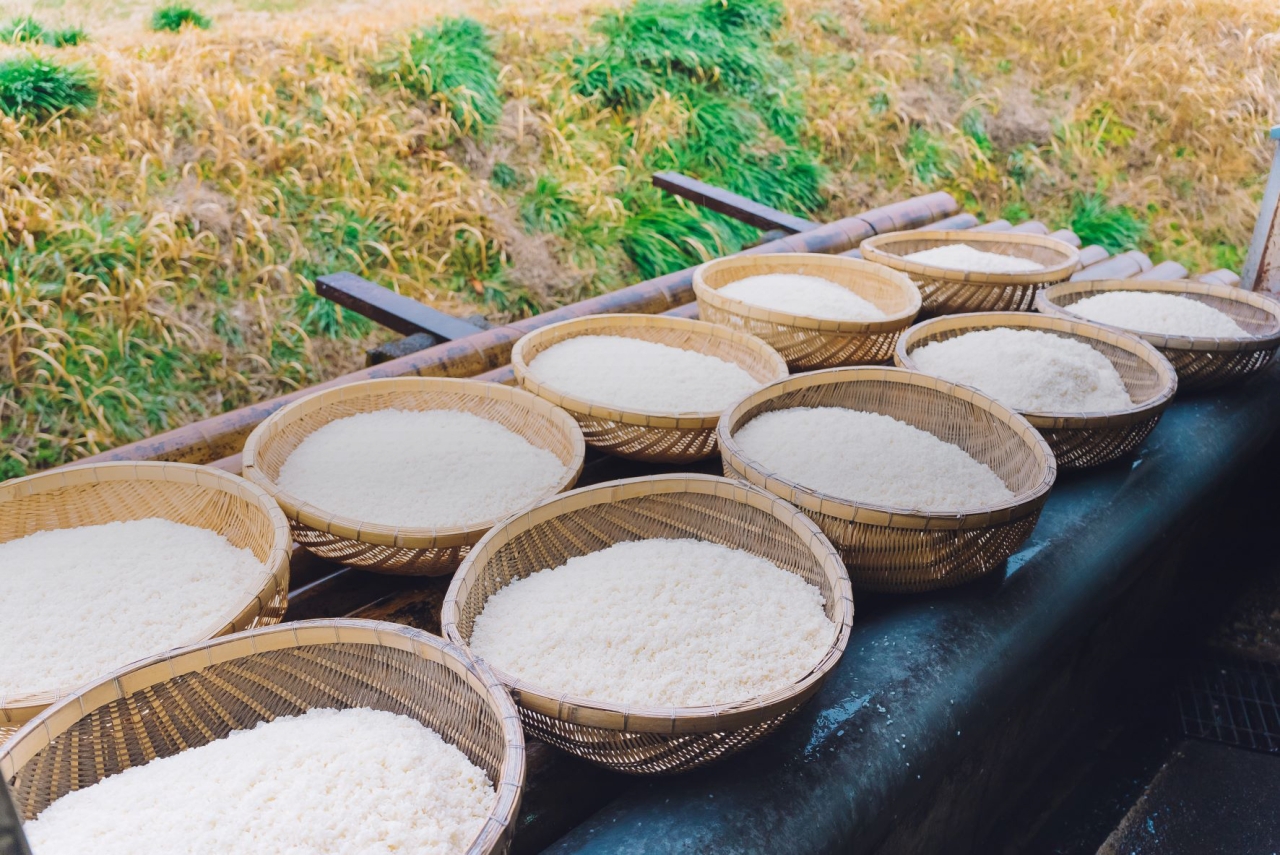
Kyushu
17 Building a Future for Kuma Shochu through the Passion and Strategies of Local Distilleries Hitoyoshi Kuma
Kuma Shochu is one of the shochu brands designated as a Geographical Indication by the World Trade Organization. It is produced in the Hitoyoshi Kuma region, which is in a long, thin basin that stretches 40 km east to west and 10 km north to south in the southern part of Kumamoto Prefecture. The basin is surrounded by the Kyushu Mountains and through its center runs the Kumagawa River, one of the three fastest flowing rivers in Japan. Hitoyoshi Kuma has been called “Japan’s most vibrant hidden village.” Unusually, there are 27 different shochu distilleries centered in this one region. Each of these distilleries has carried forward the area’s more than 500-year-old rice shochu tradition, and today they continue to create unique shochu products that maximize their individual features and charms. During the Meiji period (1868–1912), Kuma Shochu was an extravagant drink that cost four times as much as sake. One of Kuma Shochu’s appeals is the hard work that distillery owners put in to raising the product’s value.
Read more -
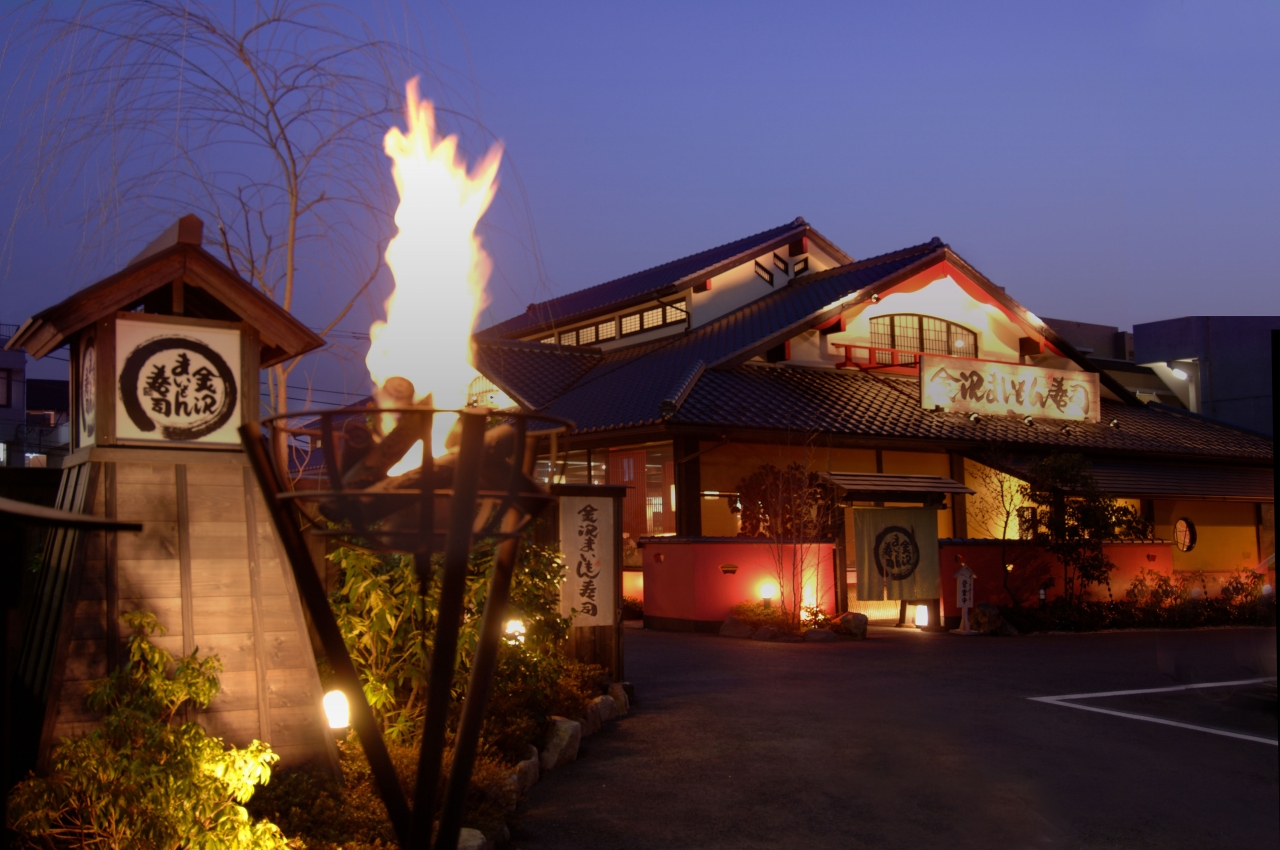
Hokuriku
16 SUSHI×TECHNOLOGY Pioneering the Future of Food Culture from Kanazawa.
Kanazawa City in Ishikawa Prefecture in Japan’s Hokuriku area is known for Kenroku-en Garden, Kanazawa Castle, and the Nagamachi Samurai District, all of which are steeped in the history and culture of the expansive former Kaga domain; as well as magnificent food culture that incorporates the delights of the Sea of Japan. Kanazawa Maimon Sushi was first launched in Kanazawa City in 2000. Extremely popular as a high-quality, gourmet kaitenzushi (conveyor-belt sushi) restaurant, Kanazawa Maimon Sushi has attracted a lot of media attention. M&K Corporation is the restaurant’s managing company, and using Kanazawa as its platform, it is currently working to expand the potential of sushi worldwide as a central element of Japan’s food culture. Kanazawa Maimon Sushi has in place a unique strategy for the future of sushi—this has the potential to impact significantly on food not only in Japan, but around the world.
Read more -
Kesennuma City in Miyagi Prefecture is surrounded by sea and mountain, and its port has landed the largest volume of katsuo, or bonito, in Japan for 25 consecutive years. During the 2011 Tohoku earthquake, however, the area in and around the city suffered huge damage. Now, Kesennuma is transforming into an attractive city with new ambition. With the worldwide support,the development is thanks to locals who rediscovered their city’s attractions and developed a strong desire to the reconstruction, and new individuals from outside who sympathized with the city’s passions. Today, both born and bred locals and supporters from outside the city are working together to create an integrated regional model. Welcoming outsiders with open arms and respecting diversity—speaking to those engaged in the creation of a new Kesennuma has helped to shine a light on the strategies and ideas involved.
Read more
記事検索
キーワードから探す
- すべて
- Ryotei & Restaurants
- Lodging/Hotels
- Producers
- Technology
- DX (Digital) & SNS
- City Planning
- Utilization
- Gastronomy and Culinary
- Japanese Nature
- Japanese history and traditional culture
- Japanese Food Culture
- Agriculture
- Fisheries
- SDGs
- Local production for local consumption
- Foreigner Activation
- Experience
- Overseas Expansion
- Fermentation
- Public-private partnerships and collaborations
- Sake
- Community Revitalization
- Spirituality
- Japan of the Sea
- Mountain Japan
VIEW ALL


